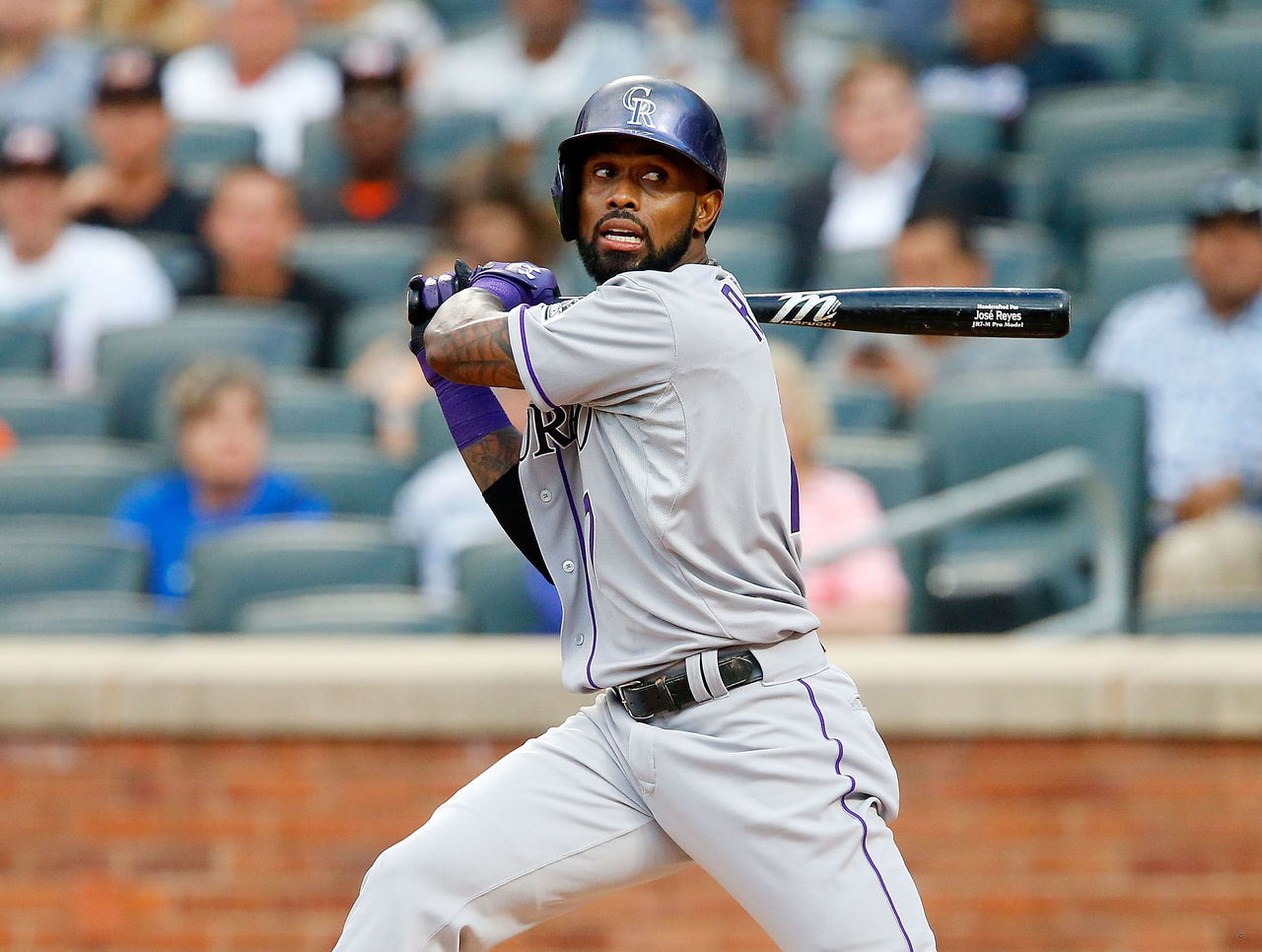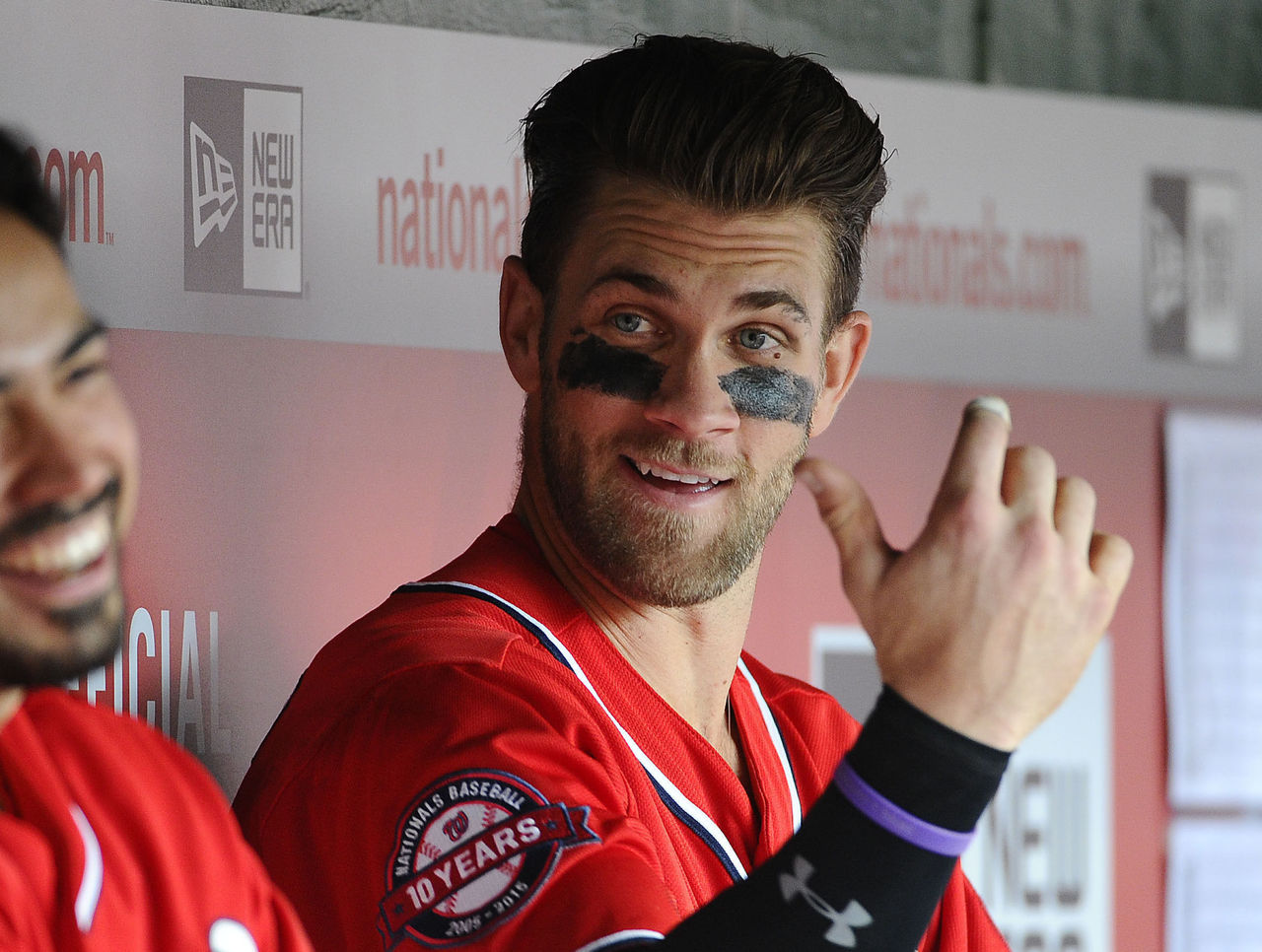Winning Fantasy Baseball Strategy - Auction Edition
Talk to someone who participates in a fantasy baseball auction league, and he or she will tell you it's the greatest format out there. And while that's up for debate, there's little doubt that auction drafts have taken off in recent years.
The biggest thing auction drafts have going for them: the ability for any owner to buy any player he or she desires. While snake drafts limit your player pool to those available at your draft slot, your only real restriction in auction formats is how much you're willing to spend.
This post reveals tips on how to succeed in a standard auction league; it only covers redraft formats, so we won't be getting into auction keeper strategy. We'll also be dividing it into two sections: Beginner Tips, for those new to the formats, and Advanced Tips, for auction veterans seeking high-level advice.

Beginner Tips
Everyone Has a Price
The phrase may be largely attributed to former wrestling star Ted DiBiase, but it's applicable to fantasy baseball auction formats, as well. While the process may be a tedious one, it's essential to calculate prices for every player you suspect will be taken in an auction draft.
This should be done by conducting as much research as possible, and combining your own stat/salary projections with those from expert sites. Once you have a good idea of what a player should be worth, you should enter that value into a spreadsheet and continue on until every player is covered.
This is the best way to ensure that you aren't overspending on players who aren't worth it. It also enables you to evaluate which players are undervalued, allowing you to jump in on the bidding if you believe you can get a deal.

Track Every Roster
Again, this might seem like an overly laborious task, but keeping track of every roster in your league gives you an enormous advantage over your competition. Not only can you evaluate their strengths and weaknesses, you'll also know how much money each owner has left.
This becomes especially critical later in the draft, when you'll be facing a limited budget and a number of positions left to fill. Knowing who your prime competition is from a budget perspective can help you to plan the rest of your draft accordingly (more on that later.)
The more information you have at your disposal, the easier it will be for you to end up with a roster that will leave you satisfied.

Go the Extra Dollar(s)
The most common mistake beginner auction participants make is leaving money unspent. And this error isn't made at the end of the draft, but rather in the early stages, when players are unwilling to spend over their self-imposed limit for a player they dearly want.
You gain nothing from having an extra $10-15 left at the end of the draft; it's far less egregious to overspend slightly in the early going and be forced to trim your budget in the latter stages. This is especially true when it comes to paying up for the game's elite players.
Don't hesitate to exceed your limits to acquire a player you're convinced will return big value. There are bargains to be had at every stage of an auction draft, so you'll have plenty of opportunity to even things out later.

Don't Price Enforce
"Price enforcement" refers to a tactic in which an owner will enter the bidding on a player for the sole purpose of driving up his price. The goal here is to ensure a rival owner spends more than he or she had intended, thereby reducing his or her budget moving forward.
This tactic backfires once Owner B decides to stop bidding - more often than not leaving Owner A with a player he or she didn't really want. And even if Owner A did want that player, the chances are good that the salary attached to the player is higher than he or she wanted to pay.
Let others take the risk of price enforcing; you have a budget, and you should more or less stick to it without taking a chance of ending up with an overpriced roster anchor. Unless you see a player going at a potentially damaging discount, steer clear of unnecessary bidding wars.

Advanced Tips
Bid Like You Mean It
In auction drafts, not all bids are created equal. And the way you present a bid could go a long way in determining whether you ultimately end up with a specific player.
If you're throwing out a player you want, don't play around - make the opening bid no less than half of what you reasonably expect to pay for him. A strong opener not only eliminates the majority of owners from contention, it also sends a message to others that you're serious about the player.
There are other ways to use strategic bidding, as well. Consider making a $2- or even $3-dollar jump when bidding on a player. Feel free to mix up the amounts, as well; if you think a player is worth $8 more than his current price, bid him up by $5 or $6.
Keeping the opposition guessing is a valuable tool in auction draft formats, eliminating predictability and cutting through the $1 bid nonsense that can extend drafts by several minutes per player.

Category Stack on the Cheap
Category stacking in traditional draft formats can be difficult to do without compromising depth in other areas of your roster. For example, if you wanted to land Dee Gordon and Billy Hamilton to monopolize steals, you'd likely need to use two picks within the first 7-8 rounds - not an ideal strategy.
Auction drafts are more forgiving, in that you could conceivably budget for both speedsters and still put together an imposing overall lineup. Neither player should break the bank, either, which would mean taking control of an entire category for no more than 15% of your total budget.
Whether it's steals, saves, home runs or strikeouts, building a surplus in a counting category allows you to make the moves necessary to balance your lineup later in the season. And while it isn't always cheap to do so, certain category monopolies can be built using a fraction of your budget.

Throw Out the Biggest Fish
Nominating players for bidding is another area where auction participants can gain an advantage. Specifically, an owner can nominate a player he has no interest in, simply to engage his rivals in a bidding war against each other.
Let's say that Detroit Tigers slugger J.D. Martinez is available, but you're already set at outfielder. Throw him out, then watch as owners who need a power hitter bid up the price until one of them has spent $35-40 of his budget - meaning 35-40 fewer dollars you have to worry about going forward.
In auction drafts, budget strength equals power over the entire process. So when it comes time for you to throw a player out, always choose a big name you have no interest in owning. Not only does it protect your draft strategy, it also sucks up the available dollars belonging to your opponents.

Closers: Go Big, or Not at All
The overwhelming consensus in fantasy baseball is to forego closers until late in the draft, or ignore them completely. While the strategy is certainly sound, it does result in some closers being available for less than their projected dollar amounts - and in some cases, the savings are significant.
If you want to load up on closers as a way of monopolizing a category, feel free to do so - but don't go in halfway. Either lock down three closers at a minimum, or go in a different direction. And don't feel like you have to spend up for a Kenley Jansen or a Craig Kimbrel; guys like Cody Allen, Trevor Rosenthal and Jeurys Familia represent elite options at discounted prices.
Once you've established a lead in the saves category - along with the terrific rate stats elite relievers produce - you can deal from that position of strength in order to create a more balanced team. On the flip side, if you go without a closer, you shouldn't have any trouble trading for one or finding an emerging ninth-inning option on the waiver wire.
HEADLINES
- Wemby sparks Spurs in return to book spot in NBA Cup final
- Magic's Suggs to undergo tests after suffering hip injury vs. Knicks
- Brown states MVP case for Brunson: 'He makes the game easier for everybody'
- McDavid has 2 goals, assist to back Jarry in Oilers' win over Leafs
- Brunson's 40-point night lifts Knicks to NBA Cup final